17-8. We have to 'carry on' (haha):
... And then I happened to stumble on a
report regarding the behaviour of chimpanzees, viz. how
modern science slowly had begun to understand that they
communicated not only vocally but also by other signs. For
instance, when the mother lifted up her foot so its
underside became visible her offspring immediately
understood that he should jump onto her back because it was
time to move on ...
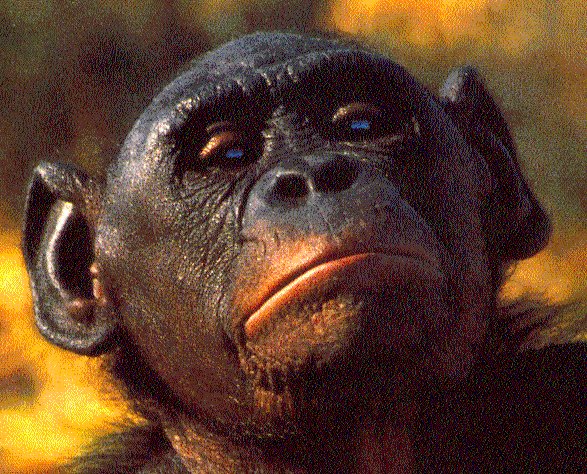
 |
 |
 |
 |
 |
 |
 |
 |
|
(4 * 64) |
Eb7-37 |
Eb7-38 (584) |
Eb7-39 |
Eb7-40 |
Eb7-41 |
Eb7-42 |
Eb8-1 (263) |
|
te
tara hoi |
te tagata |
mata ihi rarua |
tagata vere - ma te hokohuki |
kua vere koia - te hokohuki |
kua pipiri ko te henua |
e tagata haha
Rei |
|
Hoki. To return,
to go back, to come back; ka
hoki ki rá, go back there! ana oho koe ki
Hiva, e hoki mai ki nei, if you go to the
mainland, do come back here again. Vanaga. 1.
Also, what; ki ra hoki, precisely there;
pei ra hoki, similitude, likeness; pei
ra hoki ta matou, usage. P Pau.: hokihoki,
often. Mgv.: hoki, also, and, likewise.
Mq.: hoi, surely. Ta.: hoi, also,
likewise. 2. To return, to turn back, to draw
back, to give back, to tack; mau e hoki mai,
to lend; hoki hakahou, to carry back;
hoki amuri, to retrograde; hakahoki,
to bring back, to send back, to carry back, to
restore, to renew, to revoke, to remove, to
dismiss, to pay, to pardon, to compress;
hakahokia, given up; hakahokihaga,
obligation. P Pau.: hokihoki, to persist,
to insist; fakahoki, to give back. Mgv.:
hoki, to return, to retrace one's steps;
oki, to return, to come back. Ta.: hoi,
to return, to come back. Ta.: mahoi, the
essence or soul of a god. Churchill.
Haha.
1. Mouth (oral cavity, as opposed to gutu,
lips). 2. To carry piggy-back. He haha te
poki i toona matu'a, the child took his
father on his back. Ka haha mai, get onto
my back (so I may carry you). Vanaga. 1. To
grope, to feel one's way; po haha,
darkness, obscure. 2. Mouth, chops, door,
entrance, window; haha pipi, small mouth;
haha pipiro, foul breath; ohio haha,
bit of bridle;
tiaki haha, porter, doorkeeper. Churchill. |
|
June 19 |
20 (171) |
Solstice |
22 |
23 |
Day of St
John |
25 |
26 (354 / 2) |
|
μ Orionis (90.3), χ˛ Orionis (90.5) |
6h (91.3)
ν
Orionis (91.4),
θ
Columbae (91.5),
π
Columbae (91.6)
*50.0 = *91.4 - *41.4 |
ξ Orionis
(92.5) |
Al
Han'ah-4 (Brand)
/
Maru-sha-pu-u-mash-mashu-7 (Front of the Mouth
of the Twins)
TEJAT PRIOR =
η
Gemini (93.4),
γ
Monocerotis
(93.5),
κ Aurigae (93.6),
κ
Columbae (93.8)
*52.0 = *93.4 - *41.4 |
FURUD = ζ Canis Majoris
(94.9) |
Well-22 (Tapir)
/
Arkū-sha-pu-u-mash-mashu-8
(Back of the Mouth of the Twins)
δ
Columbae (95.2),
TEJAT POSTERIOR = μ Gemini, MIRZAM (The Roarer)
= β Canis Majoris (95.4),
CANOPUS (Canopy) = α
Carinae
(95.6),
ε
Monocerotis (95.7),
ψ1
Aurigae (95.9)
*54.0 = *95.4 - *41.4 |
No star listed (96) |
β Monocerotis, ν Gemini (97.0) |
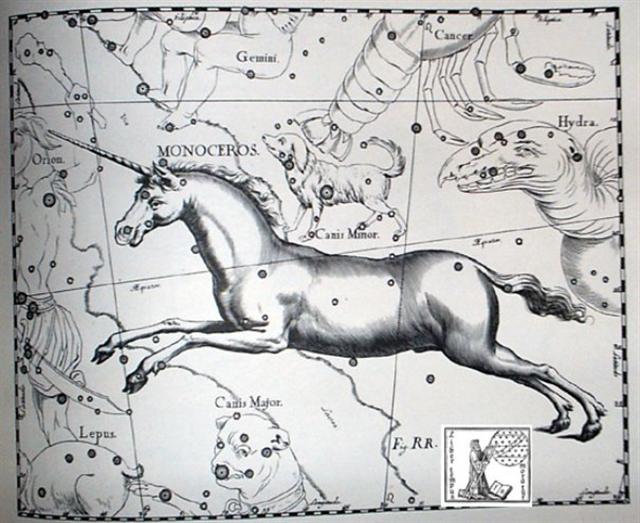 |
|
→
VISIBLE CLOSE TO THE FULL MOON: |
|
CAT'S EYE = NGC6543 Draconis
(272.2),
ζ Serpentis (272.4),
τ
Ophiuchi (272.9)
*231.0 = *272.4 - *41.4
Dec 18 |
Winnowing Basket-7 (Leopard)
18h (273.4)
*232.0 = *273.4 - *41.4
NASH
(Point) = γ
Sagittarii
(273.7),
θ
Arae (273.8)
Dec 19 |
ZHŌNGSHĀN = ο Herculis (274.0),
π
Pavonis (274.6)
Dec 20 (354) |
ι Pavonis (275.1),
POLIS = μ Sagittarii
(275.9)
MENKAR (α Ceti)
Solstice |
η Sagittarii (276.9)
Dec 22 |
KAUS MEDIUS = δ Sagittarii,
κ Lyrae (277.5),
TUNG HAE (Heavenly Eastern Sea) = η Serpentis
(277.7),
SHAOU PIH (Minor Minister) = φ Draconis
(277.8),
KWEI SHE = χ Draconis
(277.9)
Dec 23 |
φ
Oct. (278.1),
KAUS AUSTRALIS =
ε
Sagittarii
(278.3),
ξ Pavonis (278.4),
AL ATHFAR (The Talons of the Falling Eagle) =
μ
Lyrae
(278.6)
*237.0 = *278.4 - *41.4
X-mas Eve |
KAUS BOREALIS = λ Sagittarii
(279.3)
Dec 25 |

... Gronw Pebyr, who figures
as the lord of Penllyn - 'Lord of the Lake' -
which was also the title of Tegid Voel,
Cerridwen's husband, is really Llew's twin and
tanist ... Gronw reigns during the second half
of the year, after Llew's sacrificial murder;
and the weary stag whom he kills and flays
outside Llew's castle stands for Llew himself (a
'stag of seven fights'). This constant shift in
symbolic values makes the allegory difficult for
the prose-minded reader to follow, but to the
poet who remembers the fate of the pastoral
Hercules the sense is
clear: after despatching Llew with the dart
hurled at him from Bryn Kyvergyr, Gronw flays
him, cuts him to pieces and distributes the
pieces among his merry-men. The clue is given in
the phrase 'baiting his dogs'. Math had
similarly made a stag of his rival Gilvaethwy,
earlier in the story. It seems likely that
Llew's mediaeval successor, Red Robin Hood, was
also once worshipped as a stag. His presence at
the Abbot's Bromley Horn
Dance would be difficult to
account for otherwise, and stag's horn moss is
sometimes called Robin Hood's Hatband. In May,
the stag puts on his red summer coat. Llew
visits the Castle of Arianrhod in a coracle of
weed and sedge. The coracle is the same old
harvest basket in which nearly every antique
Sun-god makes his New Year voyage; and the
virgin princess, his mother, is always waiting
to greet him on the bank.
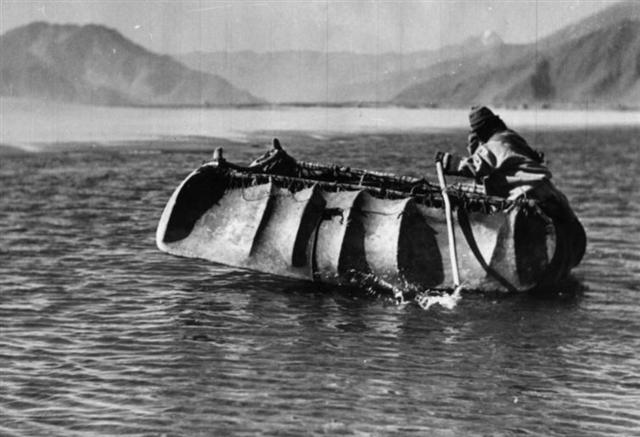
As has already been
mentioned, the Delphians worshipped Dionysus
once a year as the new-born child, Liknites,
'the Child in the Harvest Basket', which was a
shovel-shaped basket of rush and osier used as a
harvest basket, a cradle, a manger, and a
winnowing-fan for tossing the grain up into the
air against the wind, to separate it from the
chaff. The worship of
the Divine Child was established in Minoan
Crete, its most famous early home in Europe. In
1903, on the site of the temple of Dictaean
Zeues - the Zeus who was yearly born in Rhea's
cave at Dicte near
Cnossos, where Pythagoras spent 'thrice nine
hallowed days' of his initiation - was found a
Greek hymn which seems to preserve the original
Minoan formula in which the gypsum-powdered,
sword-dancing Curetes, or tutors, saluted the
Child at his birthday feast. In it he is hailed
as 'the Cronian one' who comes yearly to Dicte
mounted on a sow and escorted by a
spirit-throng, and begged for peace and plenty
as a reward for their joyful leaps. The
tradition preserved by Hyginus in his Poetic
Astronomy that the constellation Capricorn
('He-goat') was Zeus's foster-brother Aegipan,
the Kid of the Goat Amalthea whose horn Zeus
also placed among the stars, shows that Zeus was
born at mid-winter when the Sun entered the
house of Capricorn.
The date is confirmed by the alternative version
of the myth, that he was suckled by a sow -
evidently the one on whose back he yearly rode
into Dicte - since in Egypt swine's flesh and
milk were permitted
food only at the mid-winter festival.
That the Sun-gods Dionysus,
Apollo and Mithras were all also reputedly born
at the Winter solstice is well known, and the
Christian Church first fixed the Nativity feast
of Jesus Christ at the same season, in the year
A.D. 273. St.
Chrysostom, a century later, said that the
intention was that 'while the heathen were
busied with their profane rites the Christians
might perform their holy ones without
disturbance', but justified the date as suitable
for one who was 'the Sun of Righteousness'.
Another confirmation of the
date is that Zeus was the son of Cronos, whom we
have securely identified with Fearn, or Bran,
the god of the F month in the Beth-Luis-Nion. If
one reckons back 280 days from the Winter
Solstice, that is to say ten
months of the Beth-Luis-Nion calendar, the
normal period of human gestation, one comes to
the first day of Fearn. (Similarly,
reckoning 280 days forward from the Winter
Solstice, one comes to the first day of the G
month, Gore, sacred to Dionysus; Dionysus
the vine and ivy-god, as opposed to the Sun-god,
was son to Zeus.) Cuchulain was born as the
result of his mother's swallowing a may-fly; but
in Ireland may-flies often appear in late March,
so his birthday was probably the same ...
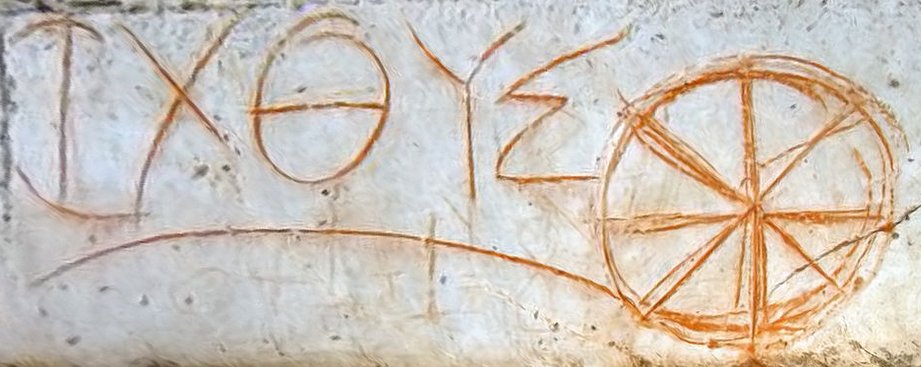 |
I came to recall this idea of a mother carrying her
offspring on her back from having learned yesterday
evening (or was it the day before?) from a program
regarding archeology on the Alti-plano of South America.
They had just excavated a very old and evidently special
grave, it could be seen from all the arrow points and
other items relating to hunting - it had to be a hunter
The skeleton had yet to be determined if it was male of
female. The chief archeologist had just changed his mind
after having observed how the current day female indians
were quite capable of 'carrying out' all the tasks that
he had believed necessitated a male. They managed
because their offspring were safely secured on their
backs.
... When this
tremendous task had been accomplished Atea took a
third husband, Fa'a-hotu, Make Fruitful. Then
occurred a curious event. Whether Atea
had wearied of bringing forth
offspring we are not told, but certain it is that
Atea and her husband Fa'a-hotu
exchanged sexes. Then the [male]
eyes of Atea glanced down at those of his wife
Hotu and they begat Ru. It was this
Ru who explored the whole earth
and divided it into north, south, east, and west ...
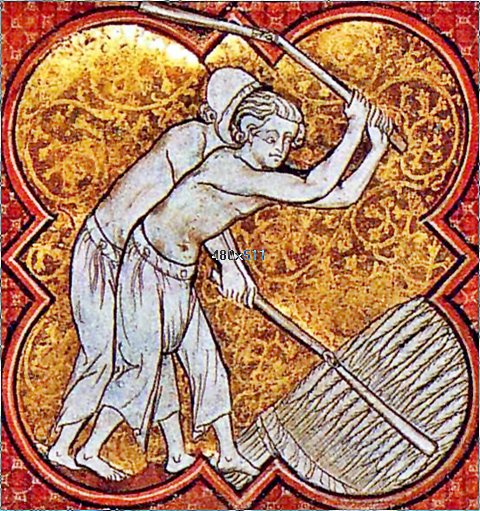
|







